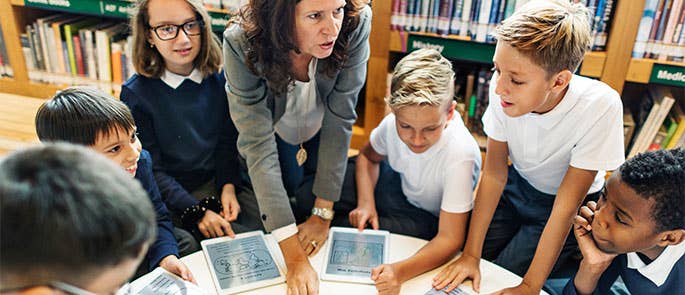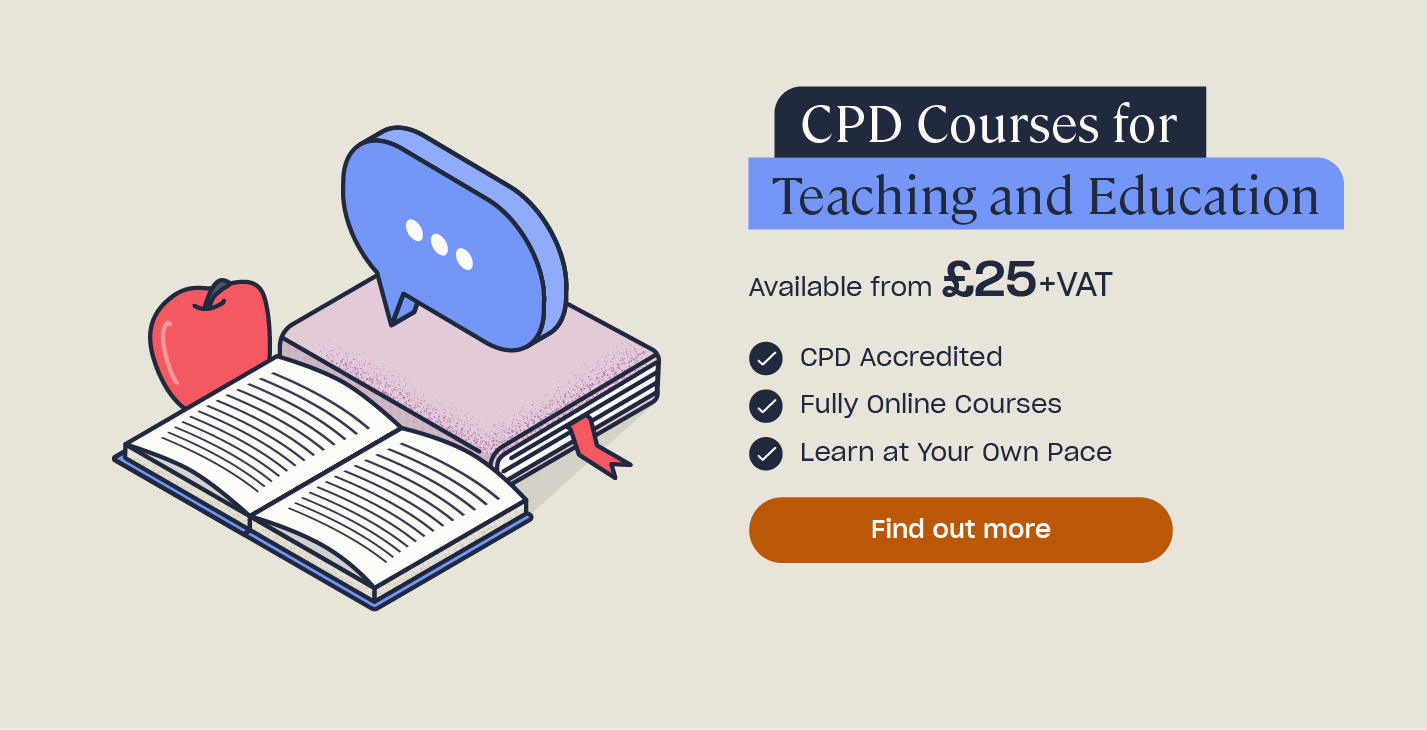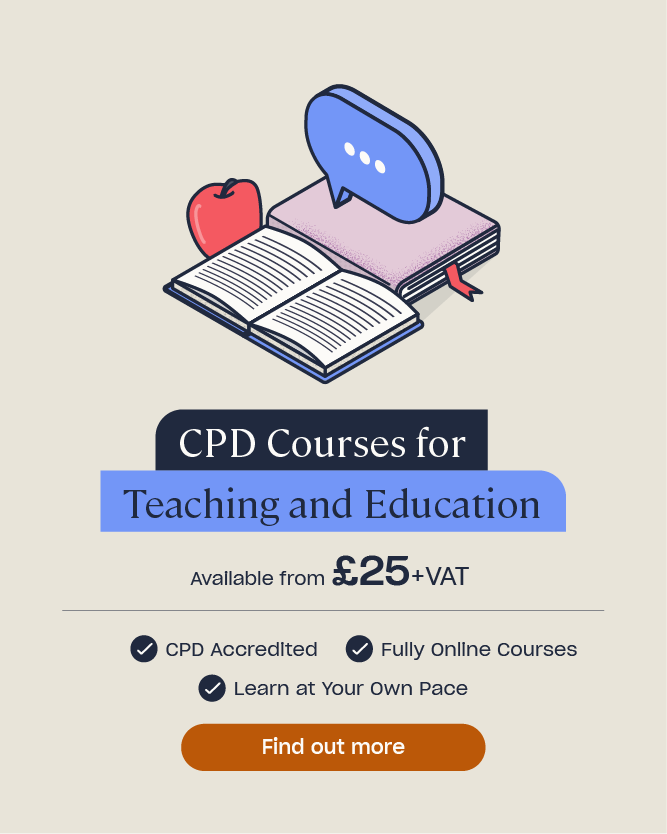What is Ability Grouping in Education?
Ability grouping is a commonly-used method in many schools across the UK and is a great way of ensuring pupils receive the level of education that’s right for them. For teachers and educators, understanding the concept of ability grouping can help you to deliver more effective teaching and help the students in your classroom to reach their full academic potential. In this article, we’ll look at the types of ability grouping, the benefits and disadvantages of ability grouping, and provide a few tips on how to group students by ability in your school.
What is Ability Grouping in Education?
Ability grouping in education is where students are placed in teaching groups according to their academic performance, perceived level of academic ability and/or their strengths.
Ability grouping is used widely as an approach to education around the world, including in the UK where ‘sets’ are a common example. Schools tend to place their pupils into groups based on their differing levels of performance, with the strongest-performing students in a ‘higher’ set and those that struggle in a ‘lower’ set.
The intention behind ability grouping is that students’ educational attainment will be increased if they are given more targeted resources, expertise and learning, based on their ability. In theory, learning alongside similarly-qualified peers will also encourage better performance.
Types of Ability Grouping
There are three main types of ability grouping that you may use within your educational setting:
- Within-class grouping – students are grouped within the classroom according to their ability and receive different tasks or resources based on the level of their group. The teacher is likely to be teaching all groups at the same time but offering different tasks to each group.
- Tracking or streaming – students are grouped into different classrooms based on their ability, so everyone in the class is of the same level and offered the same level of the curriculum. Teachers are only teaching one performance-level group at a time.
- Setting – like tracking, students are grouped based on their ability but for individual subjects. They may be put into different sets for different subjects, based on their performance. Teachers provide the same curriculum to all students but tailor it to the level of each set.

Benefits of Ability Grouping
There are many advantages of ability grouping in education for both students and teachers, such as:
- The opportunity to tailor instruction and give more individualised attention to students. With ability grouping, teachers can more easily allocate attention to pupils who need it most and can set the pace and the level for individual groups.
- Students receive better-paced learning that’s more suitable for them. This means high-attaining children can be challenged and move faster whilst those who struggle can receive more support and won’t be put off by lessons that move too quickly for them to keep up with.
- Improved engagement amongst all students, as tailored learning helps to reduce boredom and encourage participation.
- Students feel more confident in their abilities when whole classrooms are grouped according to ability through tracking or streaming. If all students are performing at a similar level within a classroom, feelings of inadequacy or failure are less likely.
- Easier lesson planning for teachers, who can more easily tailor their lessons according to the identified performance level of the students within their classroom.
Disadvantages of Ability Grouping
Whilst ability grouping has its positives, it has also been highly criticised by many educators and comes with its disadvantages, such as:
- Whether ‘ability’ can be measured with any sort of reliability is difficult, as students’ abilities often fluctuate over the year depending on their circumstances.
- No two students perform exactly the same, so it can sometimes be hard to determine suitable groups.
- Some students may be ‘borderline’ between groups and put in a set that doesn’t fit their true abilities. This can lead to demotivation, boredom and even mental health concerns.
- Ability grouping is often also based on factors other than education attainment, such as socioeconomic background, so schools may be inadvertently creating social divisions and inequalities within classrooms.
- There’s a risk of lowering expectations of students by putting them in ‘lower’ sets. Students may see a low set as a sign of low output, so put in less effort or feel as if they’ve been sidelined.
Want to Learn More?
If you are an education professional, why not take a look at our range of CPD Courses for Teaching and Education to develop your skills and stay compliant. Extend your knowledge with courses such as Challenging Behaviour Training, Child Mental Health Training, and Special Educational Needs and Disabilities (SEND) in the Classroom.
Alternatives to Ability Grouping
There are various alternative strategies to ability grouping that you may wish to implement in your school or classroom. Whilst ability grouping is seen to have many advantages, it’s not a one-size-fits-all approach and should be used with care and according to the needs of your particular students.
Alternatives to ability grouping include:
Mixed ability grouping
Mixed ability grouping is when the classroom is made up of students of differing abilities and they are all taught the same curriculum in the same way. The idea is that the higher-attaining students will inspire the lower-attaining students to do well.
Cooperative learning
In cooperative learning, students of mixed abilities are put in groups to work together. For example, a group of four students working on a project might be made up of a high achiever, a student of average performance and two of lower performance. The aim is for students to work collaboratively.
Peer-interactive learning
This is a type of grouping where students’ abilities are mixed strategically so that they learn from each other. Students may work in pairs or small groups containing at least one high-achieving pupil and one low-achieving pupil. The idea is that communication and equality is improved between students.
Differentiated instruction
Differentiated instruction is when teachers tailor their lessons and instructions to each individual student, based on their individual strengths and abilities. The aim is to personalise learning for each child, give students more flexibility in how they learn and ensure everyone reaches their educational potential.
How to Group Students by Ability
If ability grouping is the right strategy for your school or classroom, then you need to implement it in a way that minimises drawbacks and helps all pupils to reach their performance potential.

Here are a few ways to group students by ability:
- Look at previous attainment – this is the easiest way to group students by ability, as you can look at their exam and test results from the previous school year and put them in groups accordingly.
- Use other data – base your groupings on facts rather than feelings. As well as last year’s exam results, look at any other assessments, coursework, certificates and results each student has achieved.
- Ask for teacher observations – teachers and classroom assistants have so much knowledge of their students and their abilities and can easily identify their performance and potential. Exam results aren’t always reflective of a student’s true potential and teachers can help to identify this.
- Consider the student’s interests – speak to students and ask them about their interests, preferences and ambitions and let them help decide which group they should be in.
In the classroom, you can enhance the success of ability grouping by:
- Using a seating plan – put the students in higher sets at the back of the room where they can work independently and the students who need more support at the front where you can help them more easily.
- Use neutral group names – avoid naming groups/sets things like ‘advanced group’ or ‘high set’ as this can make students feel inadequate and unmotivated if they’re placed in the ‘low’ or ‘remedial’ group. Even using numbers can be damaging. Instead, name your groups after colours, seasons or fruits, which don’t have negative connotations.
- Monitor and assess the groups regularly – regularly monitoring the groups and ensuring students are in the right one is essential for their educational attainment. All students change over time and may need to swap groups/sets to ensure they remain on track.
Ability grouping in education is a well-used method for ensuring students receive a more tailored education. Ability grouping helps schools to deliver the right teaching and resources to pupils and assists students to reach their full academic potential. However, ability grouping should always be used with care and reviewed regularly, as it can also have disadvantages for students if not carefully considered.
Further Resources:
- CPD Courses for Teaching and Education
- 8 Teaching Methods to Use in the Classroom
- What is Adaptive Teaching?
- What is Effective Teaching?
- How to Create a Positive Learning Environment











